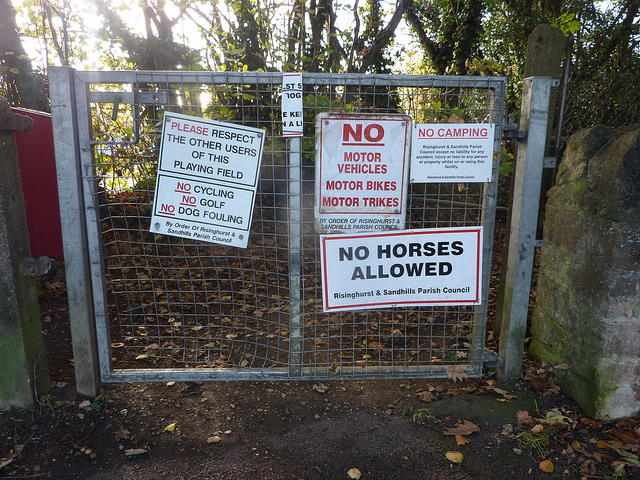Words have power.
I believe no other word causes as much internal conflict as the word: no.
Contrary to what a lot of us might have been brought up to believe, “no” is not a four-letter word and definitely not a bad thing to say.
Here are seven things about “no” we might not have realized:
1. Case for No—Our no’s can be used to communicate our needs, wants and desires clearly. This allows people to give us what we do want, understand what we don’t want and be happy when they can please us.
2. Autocorrect Our No Assumption—No is a word for us to master and not be enslaved by. When we can say yes when we mean yes and no when we mean no, we are merely asserting ourselves and it is not about being aggressive at all. The more comfortable we become with speaking our truth, the more aligned we are to our true desires.
3. Not a gendered thing—Men also have difficulties with saying no, but they probably have less of a desire to please and connect with people the way many women are conditioned. Age old sayings of “Be seen, but not heard”, “Be a good girl”, or “Think of others before yourself” can make no culturally and societally unacceptable and challenging to say.
4. Fear of Saying No’s—Saying no can bring up fears based on negative past experiences, including fear of hurting others. However saying no need not be always viewed as negative. It can be empowering to say no when we mean it.
5. Frustration of Unclear No’s—People who don’t know how to say no may find themselves saying yes when they mean no. Even phrases like “Let me think about it” in the hopes that the person will get the hint or forget, while seemingly more diplomatic, can leave the receiver feeling confused, annoyed, angry and in all likelihood, waiting.
When our communication is not clear or contains mixed signals, it can strain relations, leave negative impressions, and even lead to people to distancing themselves or ending relationships without warning.
6. Cushioning our No’s—We may wish to say no but explain why where possible. The way we say no (tone and manner) can help pacify any possible ill-feelings.
Would you like an ice-cream? “No, I’m on a diet” vs. “No thanks” or “Thanks but I’d pass”. In reality, saying no and leaving as it is (no explanation needed) can suffice as well. The onus is on the recipient to be mature.
7. No Go to Extra Work—Should we find ourselves continuously taking on extra work that is not aligned with our job description or career interests, we might find it useful to schedule a time with our boss to discuss our workload. If we do not flag situations as they arise, our boss may not be aware of our internal struggle and hence unable to re-delegate or take note of our preferences for the future.
I hope this piece has been useful in re-examining our relationship or ease of use with the word: no.
Do I hear a “no?”
~
Love elephant and want to go steady?
Sign up for our (curated) daily and weekly newsletters!
~
~
Author: Martha Lee
Editor: Ashleigh Hitchcock
Photo: flickr







Read 0 comments and reply